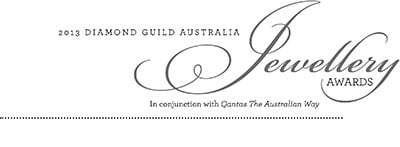![]()
As you know the market is full of different diamonds and with limited knowledge, it can be extremely overwhelming to know exactly what to look for when choosing your special piece.
Not all diamonds are created equally and they can range from imitation to priceless, each shaped and cut to influence their beauty and value. With this in mind, here’s a simple list to help you make the most informed decision before your purchase.
Rarity
The most valuable diamonds are those that encompass the scarcest balance of the 4C’s: known as cut, clarity, colour and carat. These are the unique characteristics of each diamond and have governed diamond-grading systems for many years.
Cut
As a general rule of thumb, if the diamond reflects light and creates exceptional sparkle and life, the higher the grade of cut. Specifically cut proportions allow light to enter the diamond and create brilliance through optimising white light reflections, flashes of colour and scintillation. Dull diamonds are a result of poor cuts allowing light to easily enter and escape the stone.
Clarity
Each diamond develops its own unique characteristics that influence the quality of the gem, these are known as inclusions or impurities. This occurs when minerals become trapped during formation and create tiny specks or irregularities within the diamond. The more blemishes a diamond has, the lesser its value.
Colour
When gemmologists refer to a diamond’s colour, they are actually referring to its lack of colour or grading of “whiteness’. Generally, the less colour in a white diamond the higher its value. Most diamonds contain hints of yellow or brown that, with even the slightest change of hue can affect the value dramatically. The GIA uses a grading system to determine a diamond’s colour, from D (colourless, highest possible) through to Z (light in colour, lowest possible). Fancy coloured diamonds (e.g. pinks, blues, yellows) are graded using a different scale.
Carat
Carat refers to the weight of a diamond; this is one of the major contributors to the price at which a diamond is sold and the easiest grading measurement of a diamond is determining its weight; the number of carats, each of which is split into 100 points. Diamonds of higher carat weights demand a higher price because they can be few and far between; however it’s important to keep in mind that carat size doesn’t necessarily reflect the physical size of the diamond and that two diamonds of the same carat weight can have different costs based on the quality of other characteristics such as cut, clarity and colour.
With these factors in consideration, your jeweller is going to be key in this process. Always make sure they are accredited with certified training and experience so you get the best service and expertise. Don’t rush your purchase and take time to evaluate your options. After all, diamonds are forever.
For more information, download our Buying Guide here.










